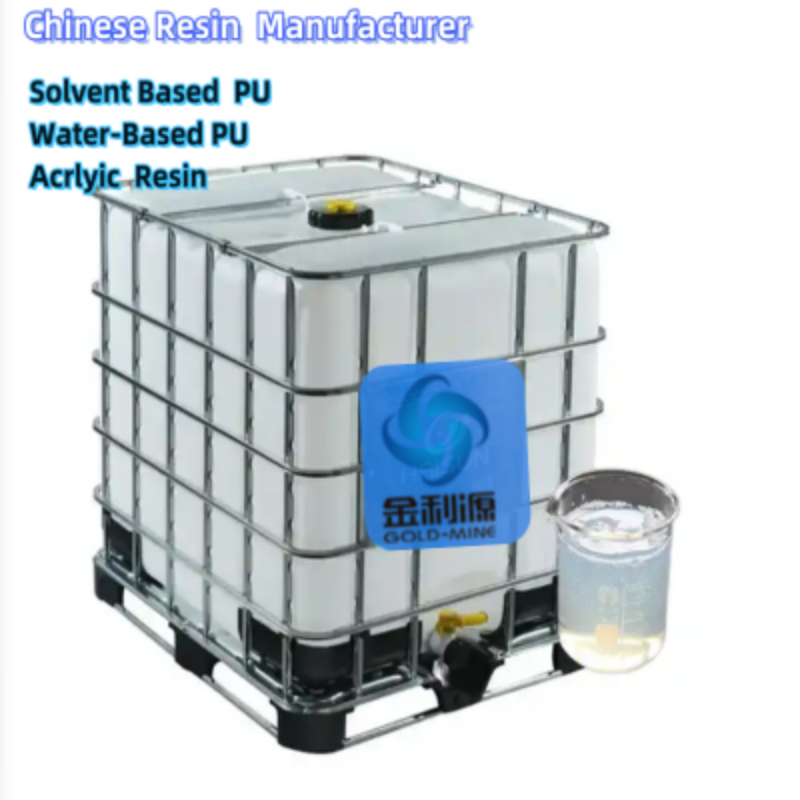Polyurethane binder is a type of polymer that plays a crucial role in gravure printing inks. Gravure printing, also known as rotogravure or simply gravure, is a high-speed printing process that uses engraved cylinders to transfer ink onto a substrate, such as paper, film, or foil. In this process, the polyurethane binder serves several important functions:

1: Adhesion: The primary function of the binder is to adhere the pigment particles to the substrate.Polyurethane binderprovide excellent adhesion properties, ensuring that the printed image remains intact and durable over time.
2: Flow and Leveling: The binder helps the ink to flow uniformly across the gravure cells during the printing process. This ensures even distribution of the ink on the substrate, resulting in a consistent print quality.
3: Viscosity Control: Polyurethane bindercontribute to the viscosity of the ink, which is critical for proper transfer from the gravure cells to the substrate. By adjusting the amount of binder, the viscosity of the ink can be controlled to suit different printing speeds and substrates.
4: Drying Time: The binder influences the drying time of the ink. Polyurethane binders can be formulated to allow for quick drying without sacrificing adhesion or other performance characteristics.
5: Flexibility and Durability: waterborne Polyurethane binder are known for their flexibility and resistance to abrasion, making them suitable for applications where the printed material will be flexed or subjected to wear.
6: Chemical Resistance: Depending on the formulation, polyurethane binders can provide chemical resistance to the printed product, protecting it from degradation due to solvents or other chemicals.
7: Compatibility: Polyurethane binder are often designed to be compatible with various pigments and additives used in gravure inks, ensuring that the final product meets the desired color, gloss, and other quality standards.
In summary, the polyurethane binder in gravure printing ink serves to hold the pigment onto the substrate, control the ink's flow and viscosity, ensure proper drying, and provide flexibility, durability, and chemical resistance to the final printed product. Its selection and formulation are critical to achieving high-quality prints with the desired performance characteristics.